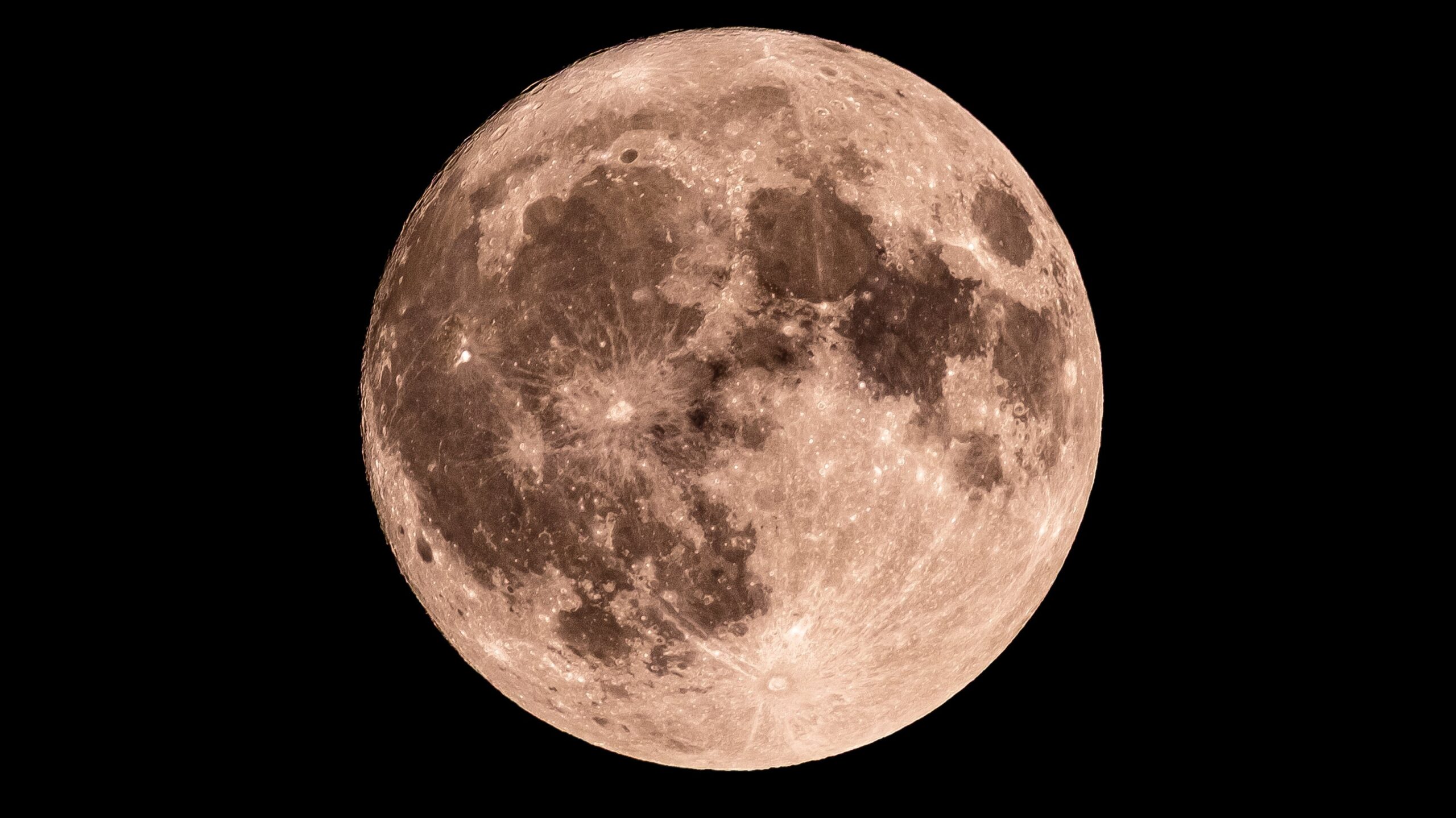Science
Observing the Waxing Crescent Moon on September 28

Tonight, September 28, skywatchers can observe a Waxing Crescent moon, with approximately 36% of its surface illuminated. This lunar phase marks the beginning of the cycle leading up to a full moon, which will occur on October 6, 2023. The moon’s visibility changes as it orbits Earth, resulting in a variety of phases that have fascinated observers for centuries.
Exploring the Night Sky
As you gaze at the moon tonight, you will notice prominent features such as the Mare Crisium, Mare Tranquillitatis, and Mare Fecunditatis. For those in the Northern Hemisphere, these maria are located towards the right side of the moon, while observers in the Southern Hemisphere should look to the bottom left.
Using binoculars will enhance your experience, allowing you to spot the Posidonius Crater, the Endymion Crater, and the Mare Nectaris. A telescope will reveal even more detail, including the landing sites of the Apollo 11 and Apollo 17 missions, as well as the Descartes Highlands.
Understanding Moon Phases
Moon phases are part of a 29.5-day cycle determined by the positions of the Sun, Moon, and Earth. As the moon orbits our planet, the angles between these celestial bodies create varying amounts of illumination on the moon’s surface. This phenomenon is why we see different phases, including full moons and crescents.
There are eight primary moon phases in this cycle:
– **New Moon**: The moon is between Earth and the Sun, rendering it invisible.
– **Waxing Crescent**: A small sliver of light appears, visible on the right side in the Northern Hemisphere.
– **First Quarter**: Half of the moon is illuminated on the right side, resembling a half-moon.
– **Waxing Gibbous**: More than half is lit, but it is not completely full yet.
– **Full Moon**: The entire face of the moon is illuminated and fully visible.
– **Waning Gibbous**: The moon begins to lose light on the right side.
– **Last Quarter (or Third Quarter)**: Another half-moon, but now the left side is illuminated.
– **Waning Crescent**: A thin sliver of light remains on the left side before the moon returns to darkness.
For those keen to deepen their understanding of lunar phenomena, resources from NASA provide comprehensive information about the moon’s cycles and its visual characteristics. As tonight’s Waxing Crescent moon rises high in the sky, it offers an ideal opportunity for both casual observers and astronomy enthusiasts to appreciate the beauty and complexity of our celestial neighbor.
-

 Health3 months ago
Health3 months agoNeurologist Warns Excessive Use of Supplements Can Harm Brain
-

 Health3 months ago
Health3 months agoFiona Phillips’ Husband Shares Heartfelt Update on Her Alzheimer’s Journey
-

 Science2 months ago
Science2 months agoBrian Cox Addresses Claims of Alien Probe in 3I/ATLAS Discovery
-

 Science2 months ago
Science2 months agoNASA Investigates Unusual Comet 3I/ATLAS; New Findings Emerge
-

 Science1 month ago
Science1 month agoScientists Examine 3I/ATLAS: Alien Artifact or Cosmic Oddity?
-

 Entertainment5 months ago
Entertainment5 months agoKerry Katona Discusses Future Baby Plans and Brian McFadden’s Wedding
-

 Science1 month ago
Science1 month agoNASA Investigates Speedy Object 3I/ATLAS, Sparking Speculation
-

 Entertainment4 months ago
Entertainment4 months agoEmmerdale Faces Tension as Dylan and April’s Lives Hang in the Balance
-

 World3 months ago
World3 months agoCole Palmer’s Cryptic Message to Kobbie Mainoo Following Loan Talks
-

 Science1 month ago
Science1 month agoNASA Scientists Explore Origins of 3I/ATLAS, a Fast-Moving Visitor
-

 Entertainment2 months ago
Entertainment2 months agoLewis Cope Addresses Accusations of Dance Training Advantage
-

 Entertainment3 months ago
Entertainment3 months agoMajor Cast Changes at Coronation Street: Exits and Returns in 2025









